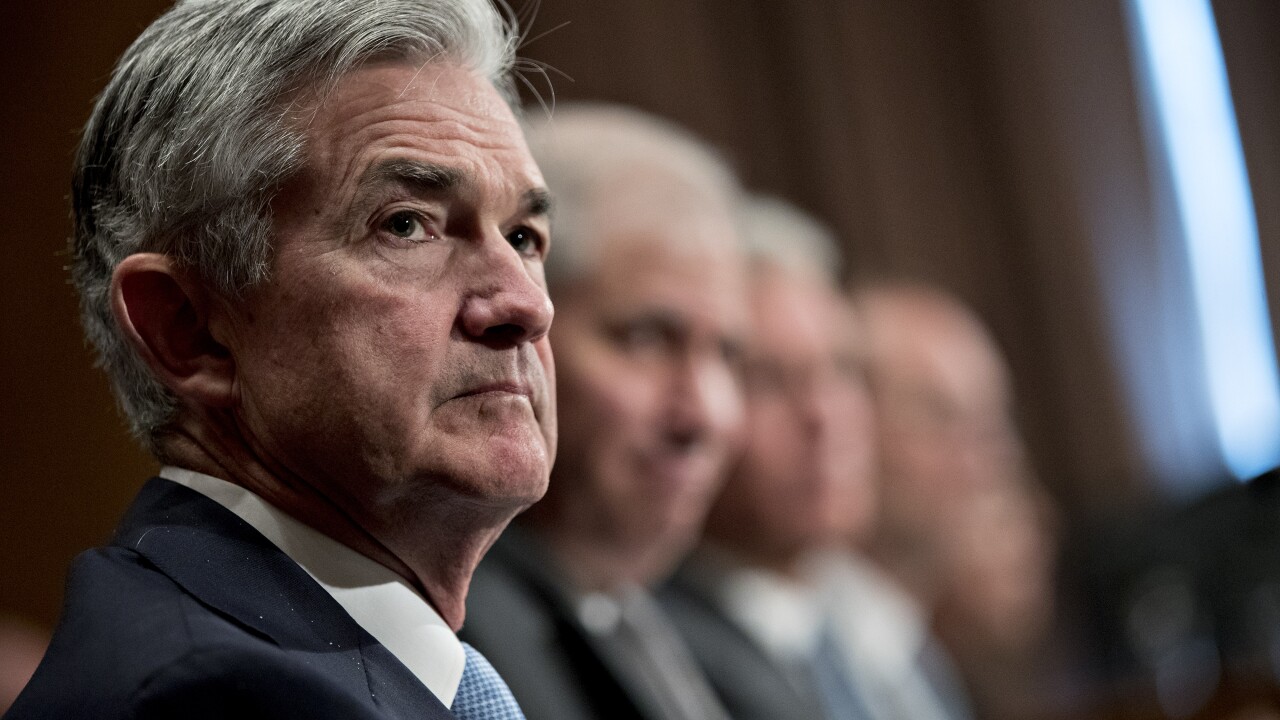-
The final plan to end "too big to fail" suggests that banks with less than $10 billion be subject to a much less complicated risk-based capital regime, akin to what was required in Basel I.
January 10 -
Northern Trust, which along with 16 other organizations had the public portion of its resolution plan released, said it made changes to its living will as a result of criticism by regulators.
January 8 -
The $50 billion threshold replaced by a formula, but bill must be reconciled with Senate version; Fed, FDIC say the eight big banks still have work to do.
December 20 -
The Federal Reserve and Federal Deposit Insurance Corp. identified shortcomings with the living wills of Wells Fargo, Bank of America, Goldman Sachs and Morgan Stanley, even as they gave them and the remainder of the eight biggest banks a pass.
December 19 -
The new vice chairman of supervision at the Fed said the agency will seek comment on its rules for stress tests, capital and other areas, as well as look at how fintech has impacted the industry.
November 7 -
The agencies will give eight of the largest U.S. banks an extra year to file upcoming resolution plans, and suggested they may stretch out the filing schedule on a more ongoing basis.
September 28 -
The rule limiting the largest U.S. banks’ ability to enter into contracts with early termination clauses is intended to forestall a liquidity crunch if the bank is under stress.
September 1 -
Federal regulators said Tuesday they would allow dozens of foreign banks and two U.S. bank holding companies to file their resolution plans by Dec. 31, 2018.
August 8 -
The agencies released public portions of livings wills that were due July 1 while also announcing an extension for AIG and Prudential.
July 5 -
Repealing or modifying regulators’ authority to take over failing banks may actually increase the risk of taxpayer-funded bailouts, said former Federal Reserve Board Gov. Daniel Tarullo.
May 9









